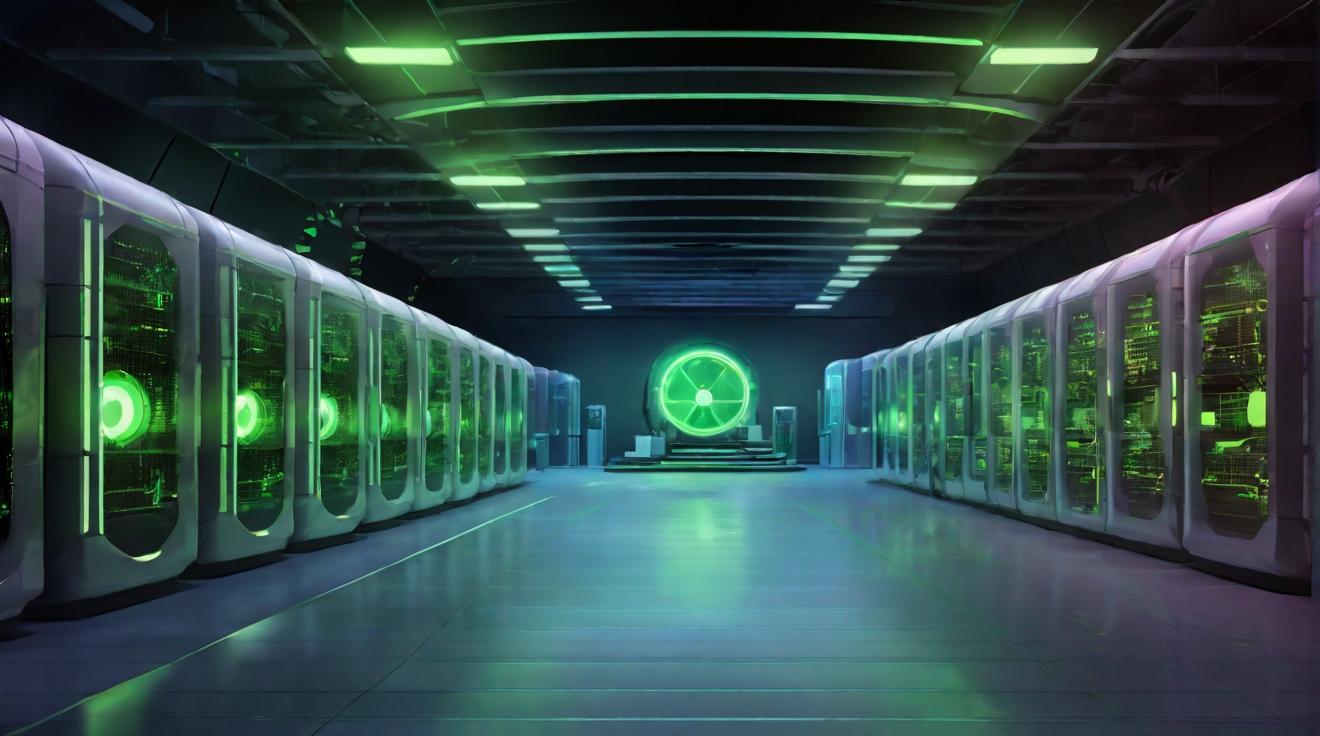Bitcoin Mining: An Unexpected Victory for Solo Miners
A solo Bitcoin miner has recently captured the crypto community's attention by successfully mining a Bitcoin block, securing a hefty $181,000 reward. This achievement is akin to winning the lottery, given the dominance of larger mining pools in the Bitcoin ecosystem.
Understanding Bitcoin Mining and Block Rewards
Bitcoin mining is the process through which new Bitcoin is introduced into circulation. Miners use powerful computers to solve complex mathematical puzzles. Once a puzzle is solved, a new block is added to the blockchain, and the miner receives a block reward. Currently, this reward stands at 3.125 Bitcoin following a recent halving event. A halving is when the reward for mining Bitcoin transactions is cut in half, which happens roughly every four years.
The Challenge for Solo Miners
Historically, solo miners have faced the challenge of limited computing power when competing against large mining pools. These pools combine resources to increase their chances of earning block rewards. Despite this, solo miners occasionally strike gold. New mining equipment, like the BitAxe, which boasts 500 Giga Hashes per second (GH/s), has made solo mining slightly more feasible.
Probability and Innovation
CryptoQuant's head of research, Julio Moreno, highlights that while it's not rare for a solo miner to find a block, it remains a low probability event. He attributes recent occurrences to the rise of small ASICs (Application-Specific Integrated Circuits) designed for home use, which has increased solo miner participation.
Mining Pool Dominance
Despite such occasional solo successes, the mining pool landscape remains highly concentrated. Two major pools, FoundryUSA and Antpool, collectively account for 53% of the total Bitcoin network's hash rate. To put this in perspective, FoundryUSA boasts a hash rate of 202.8 Exahashes per second (EH/s), whereas Antpool operates at 160.3 EH/s. An exahash is one billion times greater than a gigahash, showcasing the immense power of these pools.
Bitcoin's Price Surge and Regulatory Developments
Adding to the excitement, Bitcoin's price surged by 28% in October, a part of a broader cryptocurrency rally. Furthermore, significant regulatory measures, like California's new crypto licensing bill, are shaping the market landscape. These factors contribute to the dynamic and rapidly evolving cryptocurrency environment.
This remarkable solo mining win underscores the unpredictable nature of the cryptocurrency industry, where individual perseverance can occasionally win over massive institutional power.













